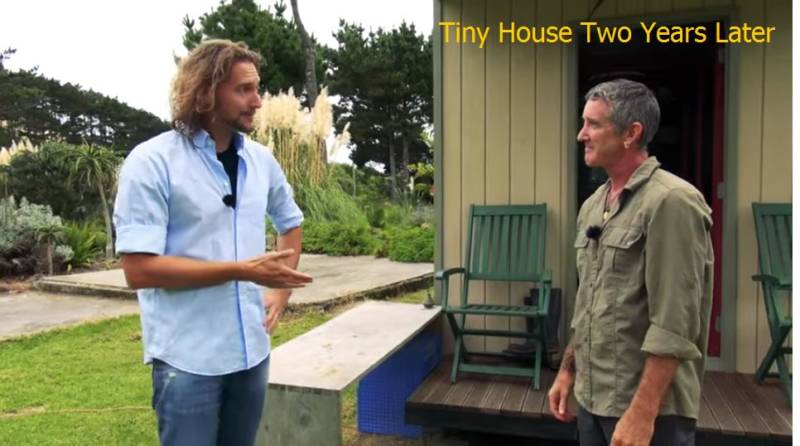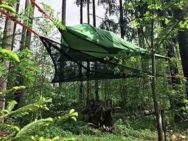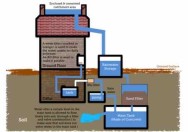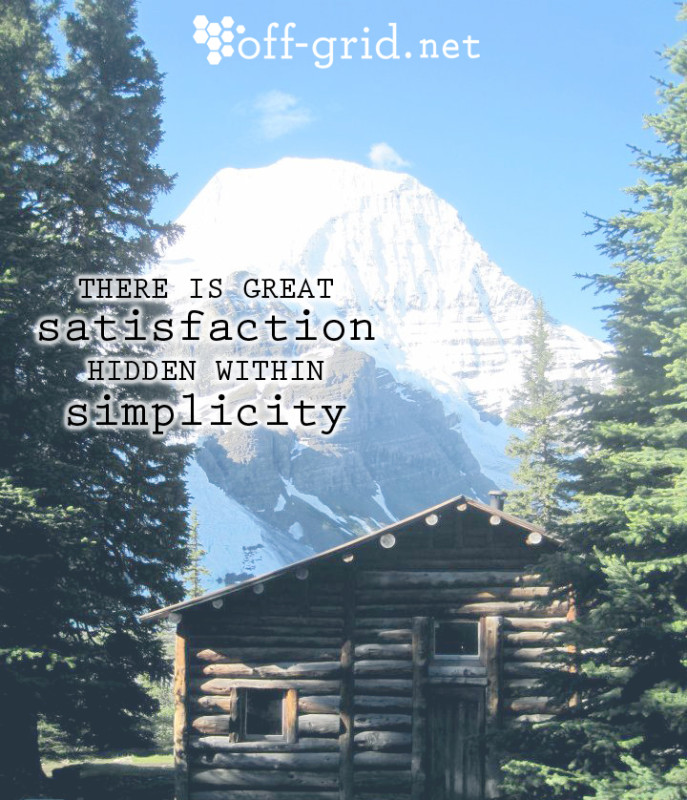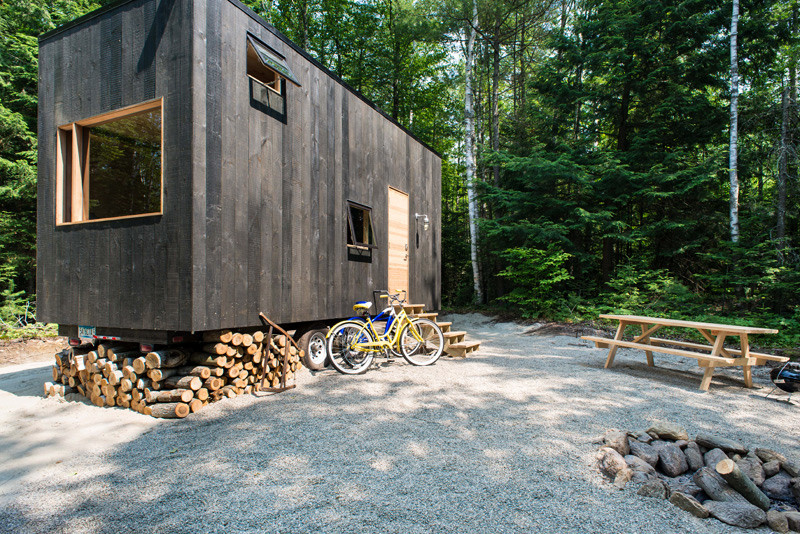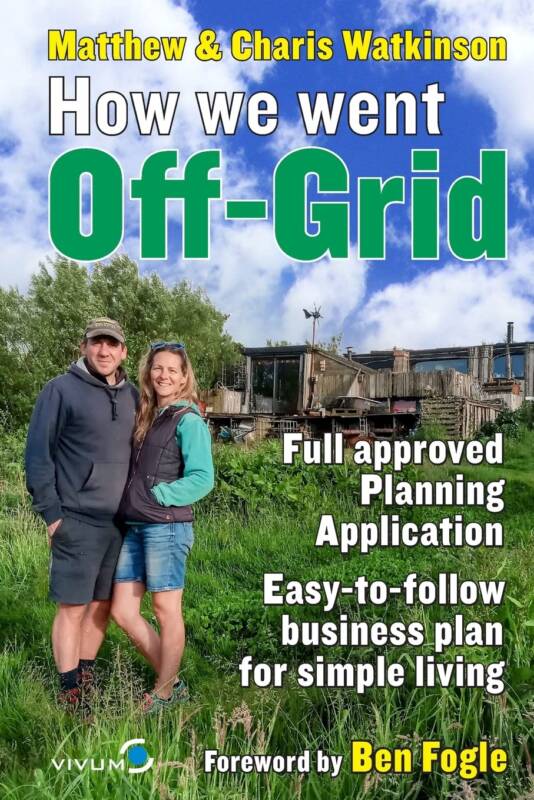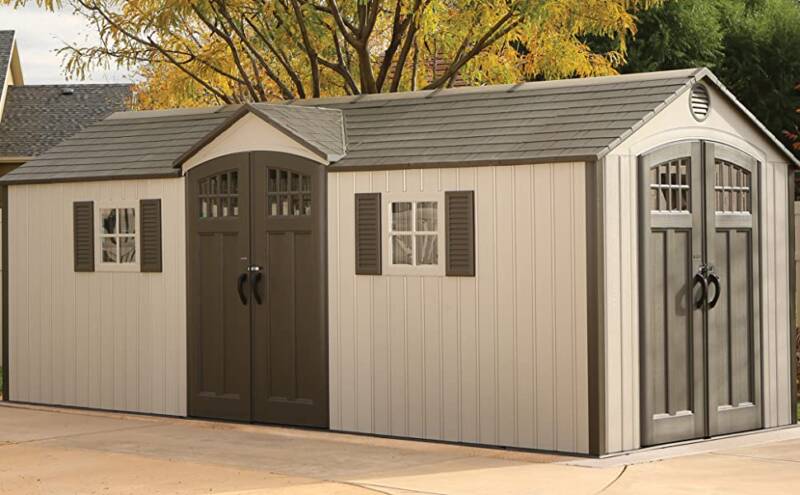Tech 101: All about Batteries
New to off-grid living? Thinking about going off-grid? Have years of experience? Bet you’ve thought about batteries.
Having a back-up store of energy for those cloudy still days, when your renewable energy system isn’t exactly on top form, is a grand idea. But navigating through the types of battery and which is most suitable can seem like a bit of a minefield. Actually, quite a huge minefield.
Way back when…
Initially when off-grid living took off, people turned to car batteries for their storage needs. However, being designed to give out a large current in a short burst, they couldn’t take the strain of being used for longer periods. This usually ended in a burnt out battery after only a year or two of use (if you were very lucky). but a few folk DID get lucky and begged or bought old Fork-lift truck batteries – and found them to be ideal.
Enter Deep-cycle Lead Acid batteries
Designed for a steady current output over long periods and with several hundred discharge- recharge cycles over its lifetime, these are perfect for partnering with renewable energy.
There are several different types of lead acid batteries which can be used off-grid. The most commonly used in conjunction with solar and wind power are: golf cart batteries, L16 batteries and industrial batteries. All of these are flooded with electrolyte which evaporates during charging, meaning maintenance is required. This extends to checking electrolyte level a minimum of once per month and topping up with distilled water when needed.
Golf cart batteries are good for those completely new to off-grid living, who have a small scale renewables system. The upfront cost of these units is low, meaning if first timers make any mistakes and ruin a battery, the financial loss is minimized. Lasting 4-5 years, these batteries have a reasonable lifespan. They are durable, and can withstand undercharging without too much impact on their storage capacity – reducing the chance you will be scratching our head and saying: “hmm this battery doesn’t seem to hold its charge as long as it used to”.
Batteries can be scaled up in a bank, depending on the amount of storage required. A set of four 6 volt, 225 amp batteries in sequence can hold 4kWh, increase this number and you could potentially have a bank capable of storing up to 16kWh. With prices starting below $100 for one unit, this is by far the most economical option for those with small scale electricity needs.
If you want to step it up from a golf cart battery, then L16 batteries may be the way to go. Even though the units are twice as heavy at 120lbs! They can power small to medium set ups and have a lifespan of up to 8 years. There are also 2 volt models available, allowing for greater storage capacity if a …

